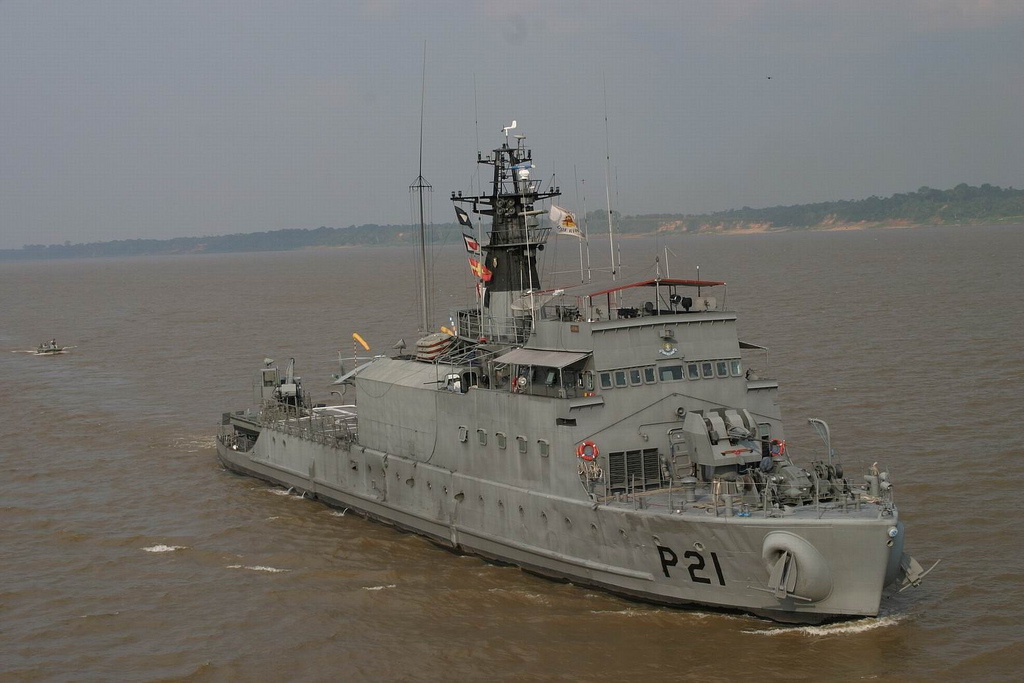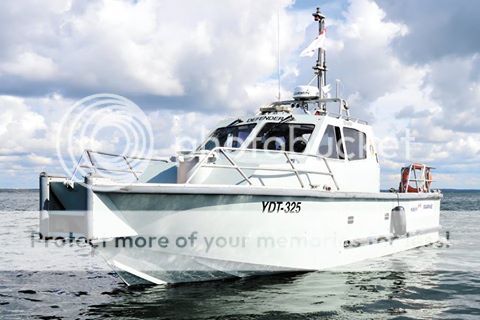- Reaction score
- 9,641
- Points
- 1,160
And with apologies to Little Orphan Annie "Tomorrow, tomorrow, tomorrow, tomorrow..........."
http://www.calgaryherald.com/business/naval+warship+project+hits+another+delay/13399362/story.html
Meanwhile we have this suggestion
http://navy.ca/forums/threads/17282/post-1490083.html#msg1490083
But I think we are seeing some pushback on that front
The Globe and CTV seem to have decided Davie are not nice.
Together with Fife's previous "Tale of Two Shipyards" and the CDR battle this is all starting to look really interesting.
Is it too much to hope that some light may penetrate stygian depths? And we might discover that even with a paltry 20 BCAD per annum we might be able to buy appropriate quantities of suitable kit in a timely fashion.
Heading for another beer. Anyone want pizza?
Multibillion-dollar naval warship project hits another delay
LEE BERTHIAUME, THE CANADIAN PRESS 05.26.2017
OTTAWA — Hopes that the multibillion-dollar effort to replace the navy's warship fleet would move along quickly have taken a hit amid word the massive shipbuilding project has suffered another delay.
The federal government launched a competition last fall asking some of the world's largest defence and shipbuilding firms to design a potential replacement for the navy's 12 frigates and three destroyers.
Companies were given until the end of April to submit their designs, after which one would be selected and constructed by Halifax-based Irving Shipbuilding.
Government officials warned at the time that there was little room for delays or other hang-ups.
But the federal public procurement department, which already extended the submission deadline by two months in February, says the companies have now been given even more time to enter their designs.
How much time?
"A new submission deadline will be communicated to the bidders shortly," Public Services and Procurement Canada spokesman Pierre-Alain Bujold said in an email.
Officials say the latest extension was needed to finish answering the approximately 560 questions that participating firms have asked the department about the bidding process since the competition started.
But this latest delay in what is the largest military procurement project in Canadian history, with a value of up to $40 billion, is cause for concern, given past assertions about the need for speed.
The navy recently retired all its destroyers, meaning fewer ships to patrol Canada's coasts and operate overseas, as well as a shortage of air-defence capabilities, until the new vessels arrive in the mid-2020s.
But more importantly, government officials said in October that they wanted Irving Shipbuilding in Halifax to begin work on the new warships as soon as it finishes the last of five new Arctic patrol ships in 2019.
Officials have said a gap, which currently sits at about two years as work on the warships isn't expected to start until 2021, would cost tax dollars as workers and equipment sit idle and material costs go up.
"From a program perspective, we have not a lot of flexibility," Patrick Finn, the head of military procurement at the Department of National Defence, said in October.
"Right now, schedule is very important for us. There are some risks emerging that we need to deal with."
Irving president Kevin McCoy has also since warned of "significant layoffs" at the Halifax shipyard, unless the gap is closed or the government provides it with more work.
Bujold said minimizing the gap remains a high priority for the government and Irving and that "the extent and impact of the gap will continue to be analyzed and potential mitigation actions examined."
Irving spokesman Sean Lewis echoed that assessment, saying in a statement that the company was working with the government "towards minimizing any disruption to the workforce" because of the gap.
"It is important that we take time to listen to the short-listed bidders and respond to their questions," Lewis added. "This will ensure they are able to submit a thorough and well-informed response."
Irving was selected in 2010 to construct between six and eight Arctic patrol vessels for $2.3 billion and 15 warships, known in defence circles as Canadian surface combatants, for $26 billion.
Both projects have since been amended due to scheduling and cost issues. Irving is now committed to building five Arctic ships, though it may add a sixth.
Meanwhile, the Liberal government has said it will not discuss a price or how many warships it will buy until more information is available, after documents pegged the cost at closer to $40 billion.
http://www.calgaryherald.com/business/naval+warship+project+hits+another+delay/13399362/story.html
Meanwhile we have this suggestion
http://navy.ca/forums/threads/17282/post-1490083.html#msg1490083
I think we should ask Davie to provide a Turn key CSC alternative bid and see what they come up with.
But I think we are seeing some pushback on that front
The Globe and CTV seem to have decided Davie are not nice.
BARRIE MCKENNA
Quebec’s Davie shipyard: the boondoggle that keeps taking
Quebec seeks probe of Davie shipyard as part of contract review
STEVEN CHASE, DANIEL LEBLANC AND ROBERT FIFE
OTTAWA — The Globe and Mail
Published Thursday, May 25, 2017 10:10PM EDT
Last updated Friday, May 26, 2017 7:16AM EDT
Together with Fife's previous "Tale of Two Shipyards" and the CDR battle this is all starting to look really interesting.
Is it too much to hope that some light may penetrate stygian depths? And we might discover that even with a paltry 20 BCAD per annum we might be able to buy appropriate quantities of suitable kit in a timely fashion.
Heading for another beer. Anyone want pizza?





